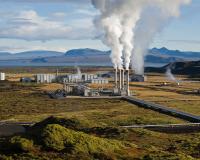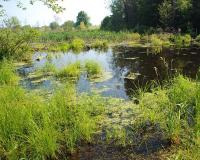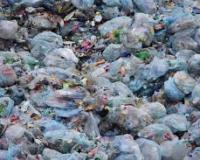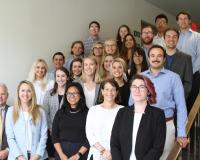
Vibrant Environment
All | Biodiversity | Climate Change and Sustainability | Environmental Justice | Governance and Rule of Law | Land Use and Natural Resources | Oceans and Coasts | Pollution Control

“Not everything that can be counted counts, and not everything that counts can be counted.”—William Bruce Cameron
“Better three hours too soon than a minute too late.”—William Shakespeare

Last month, new regulations took effect in California to address one of the most serious public health risks in the United States and around the world—particle pollution. The new regulations do not address vehicles, power plants, or other sources of pollution. Instead, they aim to reduce exposure to particle pollution where it occurs most—inside buildings. Particles in outdoor air enter buildings through cracks and gaps in the building and through natural or mechanical ventilation.


The Yale-Harvard football contest the weekend before Thanksgiving each autumn is known as “The Game” by Elis and Cantabridgians. One can always sight the rich and famous among the tens of thousands of alumni in attendance. This year’s season-ender was disrupted by a huge climate change protest that made national news. It began when a group of students poured onto the field and began to shout, “Okay, boomer.” Thousands more joined them in impromptu fashion. The video went viral.

Savvy investors are increasingly considering climate-related information in their decisionmaking. How companies model future costs of climate policies, the extent to which they are prepared to adjust to the physical impacts of climate change, and how climate projections impact corporate planning are just some of the information investors are interested in knowing. This argues for considering more climate-related information legally “material” under existing U.S.

Since 2015, ELI has served as Secretariat for the International Network for Environmental Compliance and Enforcement (INECE). Now a month into the new year, we thought it was an opportune time to look back at INECE’s accomplishments from 2019, reflect on key developments pertaining to environmental compliance and enforcement, and share some news for 2020.

On January 23, 2020, EPA and the U.S. Army Corps of Engineers released a final Navigable Waters Protection Rule to redefine “waters of the United States” (WOTUS). This new rule repeals a Reagan-era definition rule and adopts an even more limited definition of the waters of the United States that are subject to the federal Clean Water Act.

The packaging industry faces mounting shareholder and public pressure to reduce the environmental impact of plastic. The recycled plastics market in the United States is positioned for growth, but developing a reliable supply of post-consumer plastics will be costly. Reliance on export markets has limited investment in domestic recycling capacity, local collection programs vary considerably, and many consumers are ignorant about what can and cannot be recycled. The low cost of manufacturing virgin plastics compounds these challenges.

Each year, the Environmental Law and Policy Annual Review (ELPAR)—a collaboration between Vanderbilt University Law School (VULS) and ELI—identifies articles that propose innovative law and policy approaches to pressing environmental problems. This year's awardees propose creative approaches to a range of cutting-edge environmental issues:

There are plenty of blog posts stating portable electronic devices (PEDs) and industrial settings don’t mix, but most are about distracted working: PED use is unsafe because employees are distracted and unfocused and accidents can happen. That’s not this post. Instead, I want to talk about the legal and safety challenges that pose liabilities when PEDs are intentionally used as part of the work environment—especially within designated hazardous environments.